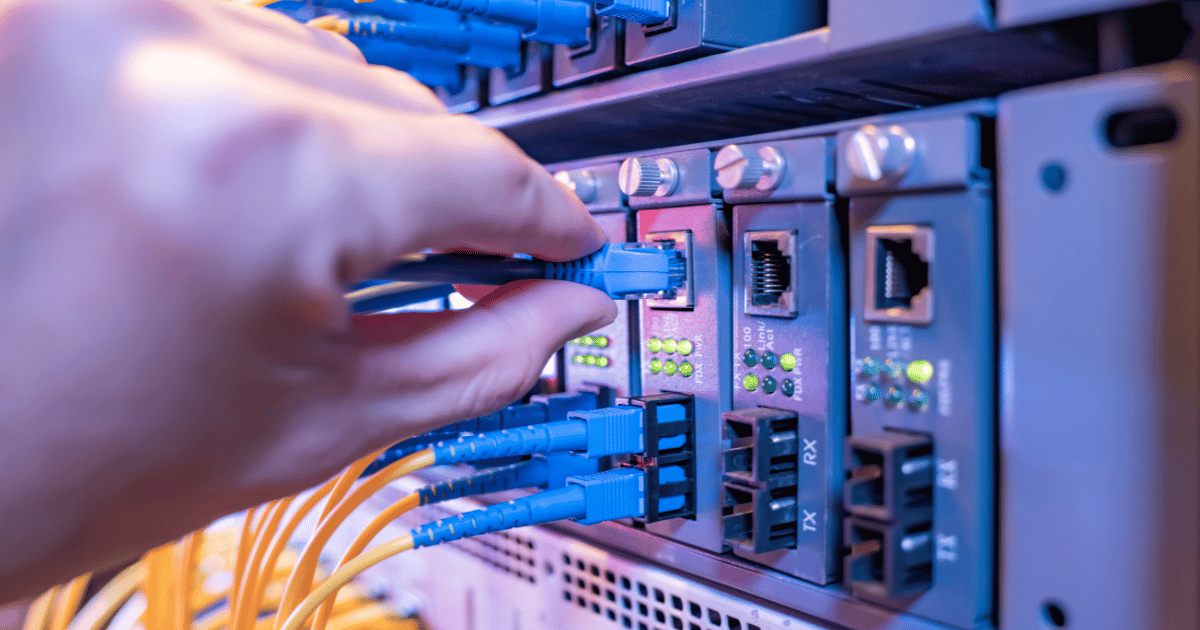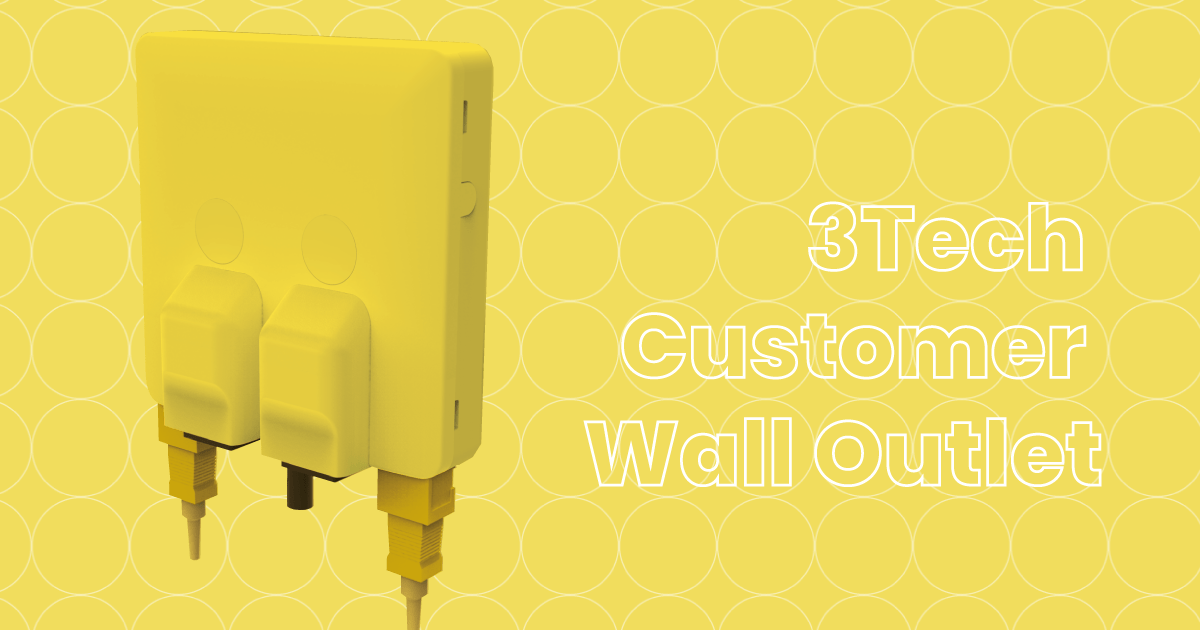5G Rollout: How this technology will impact on the demand for fiber optic cable

5G cellular networks provide high speed, high bandwidth and low latency and the fiber is the enabler. 5G wireless networks and fiber optic networks complement each other, offering a more cohesive internet across fixed and mobile applications than either could alone.
A few types of fiber optic cables can help to meet these requirements to enable cohesive and seamless connectivity to users who are likely to have multiple connected devices. Future emerging technologies are dependent on a robust, expandable, and upgradable fiber optic cable network.
The reliance on fiber optic cable
Full fiber infrastructure is essential to support 5G, which means deployment must continue. Optical fiber is the only solution that can deliver the seamless connectivity expected by consumers.
To help this come to fruition, thousands of 5G base stations must be built globally, increasing the requirements for fiber optic cable performance and production.
Operators need to invest in the connectivity fabric that will underpin 5G. This next-gen transport infrastructure connects Radio Access Network (RAN) sites to data centers and cloud services providers and is fundamental for success in the 5G-era.
Cables must address the basic 5G physical layer to meet both current and future development needs. Dense fiber optic connections between 5G new macro base stations and indoor micro base stations need to be specified, especially indoor complex cabling environments where limited space and bend-improved performance are required without sacrificing performance.
Bend-Insensitive Fiber cables (BIF) with ultra-low loss (ULL), address problems in 5G indoor applications. 5G service providers must also focus on the fiber optic network build of the data centers, where the content is stored.
Multimode optical fibers need to be compatible with the existing Ethernet standard, cover the future upgrades to higher speed like 400G and 800G, support multi-wavelength multiplexing technologies, and need to provide excellent bending resistance to adjust to dense data centers cabling scenarios. Under such conditions, the new broadband OM5 multimode fiber becomes the option for data center constructions. OM5 optical fiber can support 150 meters lengths in 100Gb/s, 200Gb/s, and 400Gb/s transmission systems, making it the optimal choice for intra-data center connections in the 5G environment.
What will be the impact of the rollout of this technology for telcos?
As operators strive to meet the demand for increased capacity and deploy 5G, how can they maintain their profits? To get there, mobile operators must invest in all network domains, including spectrum, radio access network (RAN) infrastructure, transmission, and core networks. Not every operator stands to benefit equally or in the same way from 5G:
-Mobile-only operators can use 5G, with its landline-like speeds, to disrupt fixed-line profit pools.
-Fixed-only operators can use 5G to unlock additional revenue from their existing fiber assets
-Converged operators can use 5G to establish claims of network superiority as part of an effort to take market share from competitors with slower 5G deployments.
So, what´s the impact to industry participants? Will there be a vast increase in capital spending? It´s expected that leading network operators will maintain their existing capital intensity because although they will need to build large numbers of new 5G cells across their networks, they already have sufficient node density to accommodate 5G.
Upgrading an existing node with 5G radio will cost much less than building a new node. Investment in 5G is not spending in isolation as some of the 4G usage will migrate to 5G.
As was the case with earlier generations of network technology, 5G, will unlock capital efficiencies and fully embrace the promise of what this latest generation of network technology can deliver.


